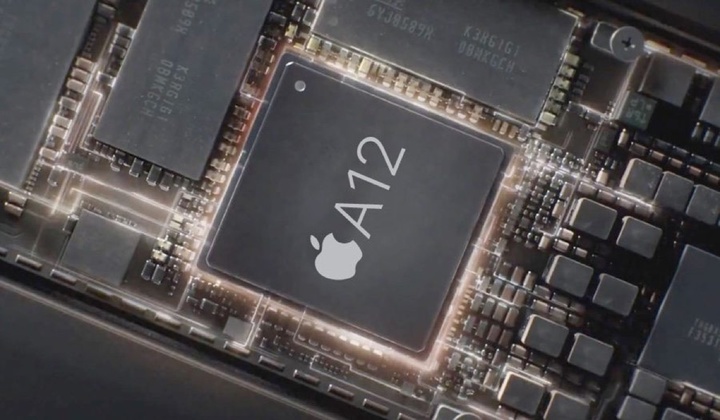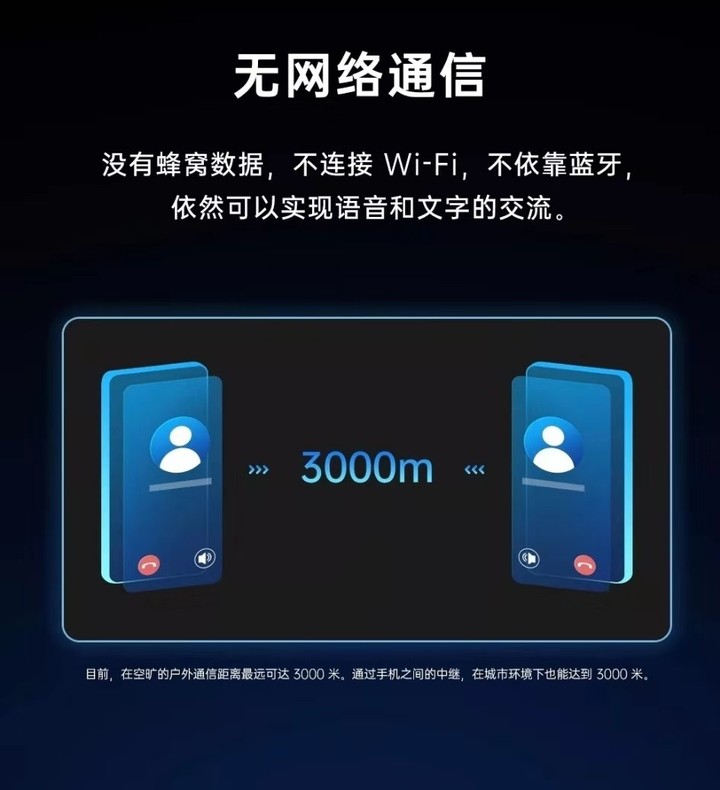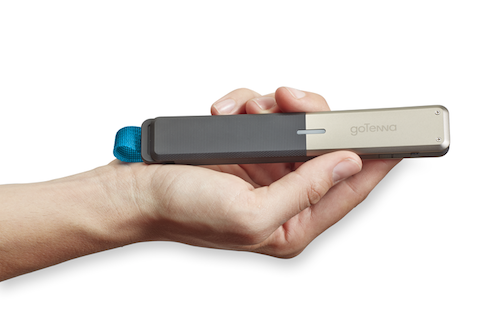After the Apple Autumn Conference, the news about the new iPhone has increased. According to The Information Report, Apple will suspend the launch of a Walkie-talkie, a walkie-talkie feature that allows the iPhone to communicate without the need for a network.
The new feature of the walkie-talkie on the iPhone has received little attention compared to new features such as ultra wide-angle shooting and reverse charging, but Apple’s investment in no-network communication is not small. According to The Information, Apple is responsible for this project. The team size is up to 1000 people.

The iPhone’s walkie-talkie feature was developed with Intel, which enables long-distance communication around the carrier and data network via 900 MHz radio channels, allowing iPhone users to communicate with each other without WiFi and data networks. , including the mutual transmission of voice calls and text messages.
Apple brought the walkie-talkie feature to Apple Watch last year, but unlike the plan for the iPhone, it still needsIt can be used under cellular network or Wi-Fi, and it is not available to users of National Bank.

It is reported that Apple’s reason for shelving the walkie-talkie function on the iPhone is mainly due to two reasons. First, the project’s head Rubén Caballero has left in April, and according to people familiar with the matter, the technology needs to use Intel’s modem chip, but Apple plans to use Qualcomm chips in 2020, so this feature will not appear for the time being. On the iPhone.

But those who are familiar with the project also said that the walkie-talkie function may still appear on future iPhones. Because Apple decided to adopt this technology on the iPhone, it was consideredIn the future, Apple will gradually get rid of Qualcomm’s chips.
In fact, Apple is not the first smartphone manufacturer to launch a networkless communication. At this year’s MWC conference, OPPO launched “no network communication technology”, similar to Apple’s walkie-talkie, but not on mobile phones. In the case of WiFi, mobile networks, and Bluetooth, voice and text communication can still be achieved.

▲Image from:OPPO
According to OPPO, this technology can communicate through the LAN formed by mobile phones, the communication distance can reach 3000 meters, and 72 hours of text communication life can be maintained under low power.
Although this technology is very similar to walkie-talkie, it is not the same as the general principle of using RF carrier signals. This kind of ad hoc network-based communication technology is often used for IoTThe data transmission in the network field was first adopted by the US military as a tactical communication system Ad Hoc, and it was not until 2000 that it began to be used for civilian use.

So what is the use of turning a mobile phone into a walkie-talkie? In fact, the peer-to-peer Ad hoc network is similar in the civilian field. The main application scenarios are extreme conditions for the failure of cellular mobile networks such as earthquakes and floods, as well as poor signal environments such as large concerts and sports events.
Under normal circumstances, we don’t need a walkie-talkie, but the mobile phone is now basically a manpower. If similar walkie-talkie functions are popularized on more smartphones, there are many practical values in many scenarios, and scenes such as shopping malls, restaurants, and construction sites that require private network communication may no longer require a dedicated walkie-talkie.

▲ Image from: videoblocks
However, the application of this technology on mobile phones requires adjustments to the internal structure, and it takes longer to be widely used. So some third-party vendors have come up with other ways to achieve networkless communication.
For example, a startup in New York goTenna launched a mini signal stick in 2014, connected to the mobile app, on the phone SMS and location information can be transmitted into the “extra low frequency” radio wave through the signal bar, and received by another goTenna signal bar. The official website says that the farthest transmission distance is up to 50 miles (about 80 kilometers). .

Although the founder of goTenna wants to popularize this device on a large number of smartphones, few people except the corporate and public sectors are willing to spend nearly $200 on such niche applications, so this technology is built into Smartphones are clearly a better choice.
But this decentralized communication model is going to be popular on smartphones on a large scale, and it is not something that mobile phone manufacturers can decide. After all, this has already reached the operator’s plate, and for some security reasons, This kind of uncontrollable communication mode may not meet the requirements of the regulatory authorities.
The title map is from: talkiespy